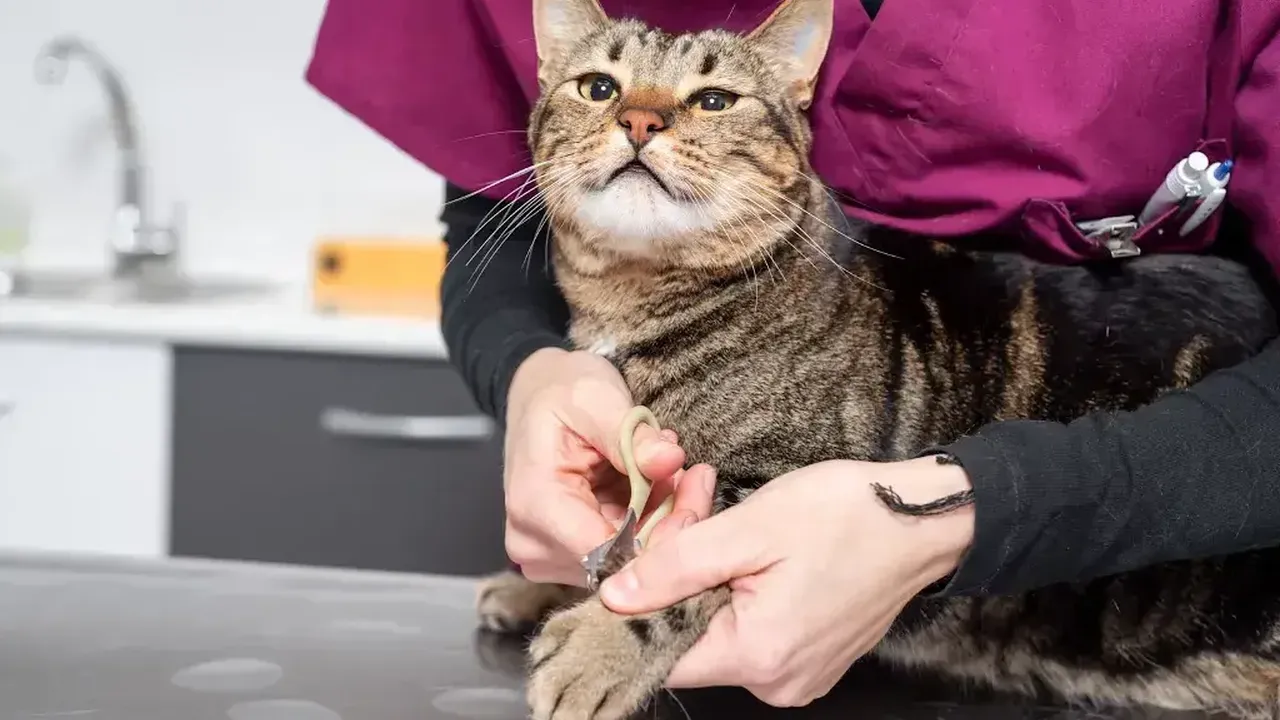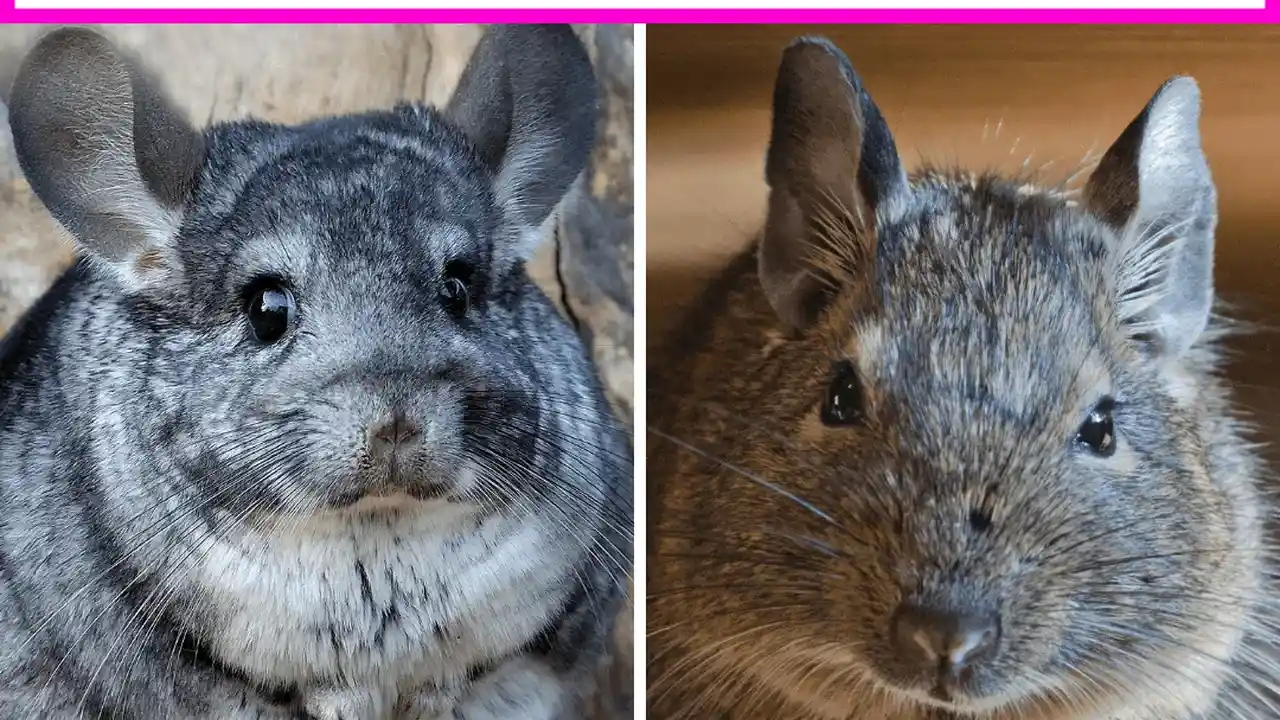Pit Bull vs. American Bully: What's the Difference?

Pit Bulls and American Bullies are often confused, but they are distinct breeds. This article compares their physical characteristics, temperaments, and breed standards. Learn about their differences.
Understanding the Pit Bull Breed Standard and History
So, you're curious about Pit Bulls and American Bullies, huh? It’s easy to see why folks get them mixed up. They're both muscular, powerful dogs, and their looks can be pretty similar at first glance. But trust me, dig a little deeper, and you'll find they're actually quite different. Let's start with the Pit Bull. When people say "Pit Bull," they're usually thinking of the American Pit Bull Terrier (APBT). These dogs have a rich history, originally bred for bull-baiting and dogfighting. Yeah, I know, not the happiest beginnings, but that's their story. The APBT isn't recognized by the American Kennel Club (AKC), but it *is* recognized by the United Kennel Club (UKC). The UKC standard emphasizes athleticism, courage, and a game spirit. They're built for action, with a strong, muscular body and a determined look in their eyes.
Now, here's where it gets a little complicated. The term "Pit Bull" is often used loosely to describe several breeds, including the American Staffordshire Terrier (AST) and Staffordshire Bull Terrier. These *are* AKC-recognized breeds and share some ancestry with the APBT. The AST, for instance, is a bit stockier than the APBT but still possesses that muscular build and confident demeanor. The Staffordshire Bull Terrier, often called a "Staffie," is smaller but equally muscular and known for its courage and affection towards people, especially children. So, when we talk about Pit Bulls, it's crucial to be specific. Are we talking about the APBT, the AST, the Staffie, or just a general type of dog with similar characteristics?
Exploring the American Bully Breed Standard and History
Alright, let's shift gears and talk about the American Bully. This breed is much newer than the Pit Bull breeds we just discussed. The American Bully emerged in the 1980s and 1990s, created by crossing APBTs with other bully breeds, including American Bulldogs and English Bulldogs. The goal was to create a dog with a similar muscular build to the APBT but with a more docile and family-friendly temperament. The American Bully Kennel Club (ABKC) recognizes four main varieties: Standard, Classic, Pocket, and XL. These varieties differ primarily in size and bone structure, but they all share the breed's defining characteristics: a thick, muscular build, a broad chest, and a blocky head. American Bullies are known for their gentle and affectionate nature, making them popular family pets. They're often described as being great with children and having a tolerant and laid-back attitude.
Physical Characteristics Comparing Pit Bull vs American Bully
Okay, let's get down to the nitty-gritty and compare these two breeds side-by-side in terms of their physical appearance. This is where you'll really start to see the differences. * **Size and Build:** APBTs are generally leaner and more athletic-looking than American Bullies. They're built for speed and agility, with a well-defined muscular structure. American Bullies, on the other hand, are stockier and more heavily muscled. They have a broader chest and a more compact body. The different varieties of American Bullies (Standard, Classic, Pocket, XL) also contribute to variations in size and build. * **Head and Muzzle:** APBTs have a wedge-shaped head with a moderately broad muzzle. American Bullies have a more blocky head with a shorter, broader muzzle. Their cheeks are also more pronounced, giving them a "bullier" appearance. * **Bone Structure:** APBTs have a finer bone structure compared to American Bullies. American Bullies have heavier bones, contributing to their overall stocky appearance. * **Coat:** Both breeds have short, smooth coats that require minimal grooming. However, the American Bully can sometimes have a slightly thicker coat than the APBT. * **Tail:** Both breeds have naturally long tails, although some owners choose to dock them (which is becoming less common and, in some places, illegal).
Temperament and Personality Pit Bull vs American Bully
Now, let's talk about what's on the inside, because that's what really matters, right? * **APBT Temperament:** APBTs are known for their courage, intelligence, and loyalty. They're incredibly driven and eager to please, making them highly trainable. However, they also have a strong prey drive and can be dog-aggressive, especially if not properly socialized. Early socialization and consistent training are crucial for APBTs to ensure they're well-behaved and safe around other animals and people. Despite their tough exterior, APBTs are also known for being affectionate and loving towards their families. * **American Bully Temperament:** American Bullies are generally known for their gentle and friendly temperament. They're often described as being great with children and having a tolerant and laid-back attitude. While they still possess a strong build, they were specifically bred to be less aggressive than some other bully breeds. However, like any dog, early socialization is still important to ensure they're well-adjusted and comfortable in various situations.
Training and Exercise Needs Pit Bull vs American Bully
Both breeds need exercise, but their needs differ somewhat. APBTs, with their high energy levels, need a lot of it! Think long walks, runs, hikes, and plenty of playtime. They also excel in dog sports like agility, obedience, and weight pulling. American Bullies, while still needing regular exercise, don't typically require as much as APBTs. Daily walks and playtime are usually sufficient to keep them happy and healthy. Because they're intelligent, both breeds benefit from consistent training. APBTs, with their strong prey drive, need a firm and experienced handler. American Bullies, with their more docile nature, are often easier to train. Positive reinforcement methods work well for both breeds.
Potential Health Concerns Pit Bull vs American Bully
Like all breeds, both APBTs and American Bullies are prone to certain health problems. * **APBT Health Concerns:** Hip dysplasia, elbow dysplasia, skin allergies, and hypothyroidism are common in APBTs. They're also prone to certain heart conditions. * **American Bully Health Concerns:** Hip dysplasia, elbow dysplasia, breathing problems (due to their brachycephalic, or short-nosed, features), and eye problems are common in American Bullies.
It's essential to choose a reputable breeder who screens their dogs for these health issues to minimize the risk. Regular vet checkups are also crucial for both breeds to detect and treat any health problems early on.
Grooming Requirements Pit Bull vs American Bully
Good news! Grooming is pretty easy with both breeds. Their short coats require minimal maintenance. Regular brushing (once or twice a week) will help remove loose hair and keep their coats looking healthy. They only need to be bathed when they're dirty. Regular nail trimming is also important to prevent overgrowth and discomfort. Also, keep those ears clean to prevent infections.
Which Breed is Right for You Considering Lifestyle and Experience
Okay, so which breed is the better fit for *you*? It really depends on your lifestyle and experience. If you're an active person who enjoys outdoor activities and has experience with strong-willed dogs, an APBT might be a good fit. However, you need to be prepared to dedicate a significant amount of time to training and socialization. If you're looking for a more laid-back companion who's great with children and requires less exercise, an American Bully might be a better choice. However, you still need to be prepared to provide them with regular exercise and training. It's *essential* to research both breeds thoroughly and consider your own capabilities and limitations before making a decision. Talk to breeders, owners, and rescue organizations to get a better understanding of what it's like to live with these dogs.
Product Recommendations for Pit Bulls and American Bullies
Alright, let's talk gear! Here are some product recommendations for both Pit Bulls and American Bullies, focusing on durability and safety:
Durable Dog Toys for Chewers
Both breeds are known for being powerful chewers, so durable toys are a must. * **KONG Extreme Dog Toy:** This classic toy is made from ultra-durable rubber and can withstand even the most aggressive chewers. You can stuff it with treats or peanut butter to keep your dog entertained for hours. *Price: $15-25* * **Nylabone DuraChew Power Chew Toy:** These nylon bones are designed for powerful chewers and come in various shapes and sizes. They help promote healthy chewing habits and prevent destructive behavior. *Price: $10-20* * **Goughnuts Indestructible Dog Toy:** Goughnuts toys are known for their extreme durability. They're made from a special rubber compound that's designed to withstand even the toughest chewers. If your dog manages to chew through the outer layer, Goughnuts will replace the toy for free. *Price: $25-40* * **Using Scenarios**: All the toys can be used during training sessions or for general entertainment. The KONG is great for crate training and keeping your dog occupied when you're busy. The Nylabone and Goughnuts are perfect for satisfying your dog's natural urge to chew. * **Comparison**: The KONG is versatile, but can be destroyed by the most aggressive chewers. Nylabones are extremely durable but may not be as engaging. Goughnuts offer the best durability guarantee.
Strong Dog Leashes and Collars
A strong leash and collar are essential for safety and control. * **Ruffwear Flat Out Leash:** This durable leash is made from strong webbing and features a comfortable handle. It's perfect for everyday walks and hikes. *Price: $20-30* * **Leather Collar:** A high-quality leather collar is both stylish and durable. Look for a collar with sturdy hardware and a comfortable fit. *Price: $25-50* * **Harness**: A harness is a great option for dogs that pull on the leash. It distributes the pressure evenly across the chest, preventing strain on the neck. *Price: $20-40* * **Using Scenarios**: The leash is for everyday walks. The leather collar is stylish and provides a place for ID tags. The harness is ideal for dogs that pull, especially during training. * **Comparison**: Webbing leashes are more affordable, while leather is more durable and stylish. Harnesses offer better control for strong pullers.
Durable Dog Beds
A comfortable and durable bed is essential for your dog's rest. * **Kuranda Dog Bed:** These beds are elevated off the ground, providing orthopedic support and preventing pressure sores. They're also easy to clean and resistant to chewing. *Price: $100-200* * **Big Barker Orthopedic Dog Bed:** These beds are specifically designed for large breeds and provide excellent support for joints and muscles. They're made from high-quality foam that won't flatten over time. *Price: $200-400* * **Using Scenarios**: The Kuranda is great for dogs that like to chew or overheat. The Big Barker is perfect for senior dogs or dogs with joint problems. * **Comparison**: Kuranda beds are elevated and chew-resistant, while Big Barker beds offer superior orthopedic support.
Remember to always supervise your dog with new toys and replace them when they become damaged. Choose products that are appropriate for your dog's size and chewing habits.
The Importance of Responsible Ownership
No matter which breed you choose, responsible ownership is key. This means providing your dog with proper training, socialization, exercise, and veterinary care. It also means being aware of your dog's breed characteristics and taking steps to manage any potential risks. Responsible ownership helps ensure that your dog is a happy, healthy, and well-behaved member of your community. It also helps combat negative stereotypes and promote responsible breeding practices.
Choosing between a Pit Bull and an American Bully is a personal decision. There are no wrong answers, but there are uninformed ones. Do your research, meet dogs from both breeds, and pick the one that best fits your lifestyle and experience. Both breeds can make wonderful companions if given the right care and training.
:max_bytes(150000):strip_icc()/277019-baked-pork-chops-with-cream-of-mushroom-soup-DDMFS-beauty-4x3-BG-7505-5762b731cf30447d9cbbbbbf387beafa.jpg)






